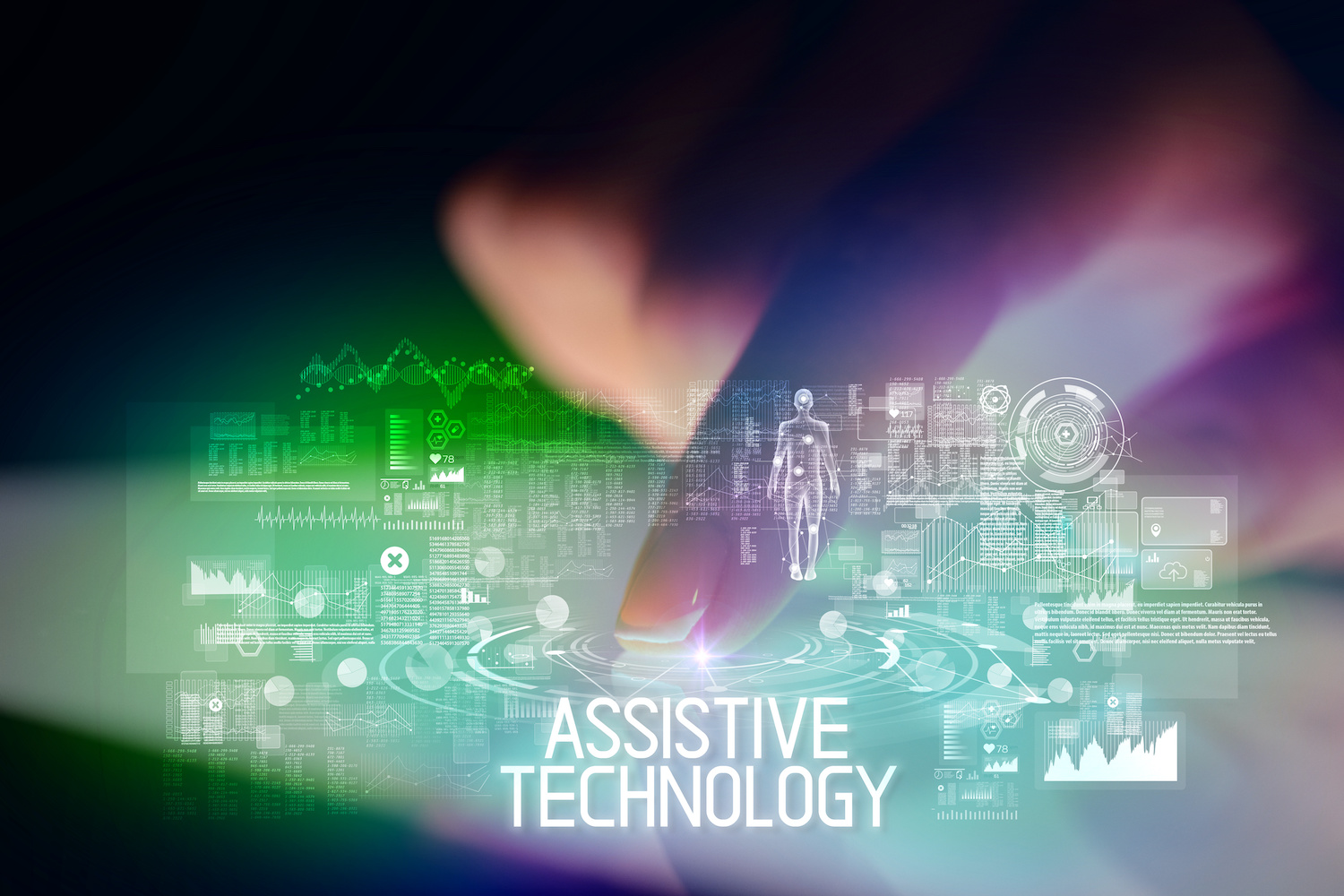How Schools are Overcoming the Challenges of Using Assistive Technology for Children with Multiple Disabilities

Students with multiple disabilities require a lot of support to ensure they can fully participate in school activities. This puts a lot of strain on educators who also have other students to teach in inclusive settings. Assistive Technology (AT) can provide a solution but there are many barriers to its successful implementation. These are issues that have plagued AT since the very beginning. But thanks to the great efforts and tremendous will by teachers and parents as well as the modern pedagogical approaches and advances in technology, some of those challenges can be overcome for good.
Others will remain though and to overcome those requires a detailed plan of action. Here we look at what these challenges are, and the steps taken by some schools to overcome them.
Challenges and Solutions to Using AT in the Classroom
There is a multitude of challenges to overcome for any school looking to help their students with disabilities through AT, especially those who have multiple disabilities. Here are some of the big ones and how some schools are fighting to deal with them.
1. Staff Training Failures in the use of AT often stem from a lack of suitable training for school personnel. Most training that is often provided only covers the technical aspects of using the device but neglects the purpose and goals of AT programs. This can cause issues with integrating the use of AT into daily classroom activity in the most effective way.
Numerous surveys and research papers bare out that what's needed is an in-depth training and support program for educators and occupational therapists. By taking a multi-faceted approach to training, schools can better ensure the knowledge and skills needed to operate AT are available when needed.
2. Assessment Issues Assessing the AT needs of a student and the most appropriate equipment has often been called a process of trial and error. For any assessment to be successful it requires a thorough understanding of the student’s disabilities and a team effort from everyone involved. Problems arise when a vital aspect or need is not given due consideration. Often, it’s not the equipment that’s the problem, it’s how the student will use it within their regular daily routine. For instance, where the device will be placed, how it will be integrated with other devices in the classroom routine that they use, whether any environmental modifications are needed, and what the student's own preferences are.
To deal with this, many schools are taking a more team-centered approach that involves educators, occupational therapists, parents, and the student all working together to find the best approach. Everything must be planned out carefully during the assessment stage with regular reviews and feedback to find out what’s working and what isn’t.
3. Planning Issues In addition to assessing the student’s AT needs, proper planning must be done to ensure they are actually meeting their Individual Education Program (IEP) goals. To have any effect, the use of AT must be viewed in the context of their wider educational and therapeutic goals.
A detailed plan on how AT will be used in the classroom can help keep educators, parents, and the student all in the same loop. It may also be helpful to involve school leaders who can assist by adapting school programs to accommodate AT use.
4. Interoperability Issues In many schools, AT should add to or augment existing components of educational tools in classroom. Lack of interoperability reduces the level of availability of assistive technology (AT).
Fortunately, new advances in AT development mean that this is becoming less of a problem. Newer systems that are easier to use, more flexible, and interconnected with other devices are becoming more widely available. Schools looking to acquire technologies, including AT that can “talk” to each other in order to create an accessible and inclusive ecosystem for students with multiple disabilities.
Using the Kinems platform
Kinems platform provides a solution to many of these challenges. Designed for easy use and personalization in a classroom setting, Kinems allows PreK-5 students to learn and develop through groundbreaking multi-sensory educational games. Kinems solution fully integrates academic learning with occupational therapy for a broader and more efficient learning experience. Better yet, it also allows for easy progress monitoring to ensure each student is meeting their IEP goals.
By using Kinems, you will get:
- A highly stimulating program that can be adapted to suit each child’s IEP goals
- Fun personalized activities designed to increase student academic and motor development while also keeping them motivated
- Easy integration and use that allows educators to start using it right away
- Group activities allowing for more students to work together at once
- Progress reports that allow difficulty settings to be fine-tuned as needed
- Easy data sharing so parents and school administrators can stay in the loop
- A proven system that has been tested and validated by universities research group via independent studies in the US and the EU.
Final Thoughts
Aiding students with multiple disabilities is a huge challenge for schools everywhere. While using AT can bring some challenges of its own, those can be overcome through an effective program that is planned out accordingly. With the arrival of advanced educational programs like Kinems platform, many of the old challenges may even become a thing of the past.